Estimated reading time: 10 minutes
A Brief History of the .380 ACP
The .380 ACP was introduced in 1908, with the Colt 1908 Pocket Hammerless pistol. The 1908 was the follow-on to the 1903 Pocket Hammerless that was chambered in .32 ACP. European countries designate the .380 ACP as 9mm Kurtz and, for many years, the caliber saw wide use as both a military and a law enforcement cartridge. Popular European pistols that used the cartridge, included the Walther PP/PPK pistols, HK4, and the Mauser HSc, among others.
In the United States, during the 1960s through the 1980s, the .380 caliber was considered the bottom floor for personal defense. The Walther PPK/S was probably the most commonly carried .380. Then, with the advent of smaller 9mm pistols, the .380 started to fall out of favor and fell into the category of a “mouse gun!”
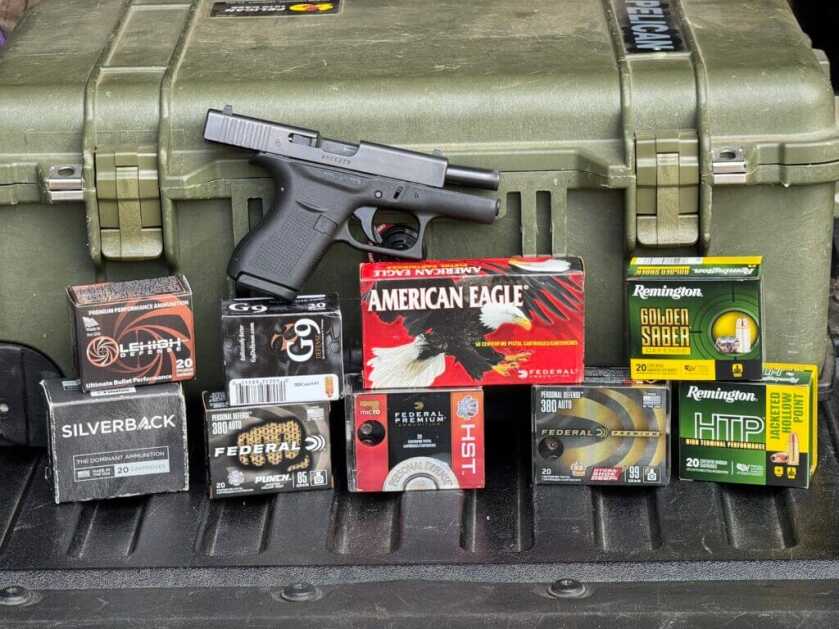
Table of Contents
What’s Old is New Again
In recent years, the .380 ACP has seen a rebirth in popularity with most major manufacturers offering pistols in the caliber. Some of these pistols were more reliable and durable than others. Then, in 2014, Glock introduced the G42! With an overall length of under 6”, a width of .98”, and a weight of 12.17 ounces, it was easy to carry. Not only that, the G42 combined the reliability of a Glock with the reduced recoil of the .380 cartridge. Suddenly, the .380 ACP was fashionable again.
Available on GunsAmerica Now
The popularity of the G42, and other recent pistols on the market, caught the attention of the ammunition industry. In the past, the general belief was that the best personal defense round to carry was a full metal jacket or ball round. It would feed reliably and penetrate to an effective depth. This belief was enhanced by the general ineffectiveness of some of the legacy hollow point loads. With the resurgence of the .380 ACP, there are more ammunition choices than ever. Every major company offers rounds that are advertised for personal defense.
Testing Protocol
I set out to test 10 modern .380 ACP rounds to see how they would perform. I used a new block of Clear Ballistics 10% FBI and shot the rounds through both the bare gel and four layers of denim. Understandably, while this test may not meet the exact testing requirements of certain protocols, it serves to show a comparison as to how each load performs in a consistent environment. I intended to shoot five rounds, of each load, through both bare gel and denim. In several cases, I shot fewer rounds through the denim due to the predictable results and limited range time.
One question that deserves some attention is the importance of penetration in normally armed citizen shootings. The FBI protocol was established after the tragic Miami shootout against two heavily armed, and determined, suspects. During the shooting, a Winchester 9mm 115 gr. Silver Tip, fired by Special Agent Jerry Dove, passed through the suspect’s arm before entering the chest. The round stopped approximately one inch from the suspect’s heart and did not immediately incapacitate him. (Guns of the FBI by Bill Vanderpool, Gun Digest Publications, Copyright 2018) The incident resulted in two agents being killed, another five being wounded, and the death of the two suspects.
Following the Miami shootout, the FBI reexamined their requirements for a law enforcement duty round. These new tests included barrier penetration requirements where rounds are shot in bare gel and through auto glass, heavy clothing, steel, wallboard, and plywood. To pass the FBI protocol, all rounds must penetrate between 12” to 18” of ballistic gel after passing through the barrier. The question is “Are all these requirements critical for the armed citizen?” I will leave this up to the individual reader to decide their requirements.
General Impressions of the .380 ACP
To establish a baseline, we shot Federal American Eagle 95 grain FMJ. This load had an average velocity of 951 fps, with significant penetration. In bare gel, we only recovered two of the five projectiles. When shot through denim, we recovered three of the five. The other rounds completely penetrated both 16” blocks. Of those recovered, the bare gel average penetration was 27.5” and 31” when shot through denim.
The tests highlighted that solid copper hollow point projectiles can be significantly more effective than traditional lead core jacketed bullets. The Gorilla Silver Back is a 95 gr. SCHP that consistently expanded to an average .60 caliber, in both bare gel and when shot through denim. This performance was with a moderate average velocity of 881 fps. However, this expansion resulted in an average penetration of only 9.9”.
The traditional jacketed hollow point loads, except for the Remington HTP, all expanded through the bare gel. Federal Punch averaged 12.6” in penetration and expanded to an average of .46. The HST only averaged 8.3” in penetration while expanding to an average of .57”.
Not surprisingly, both loads failed to expand, when shot through denim, with penetration averaging 24.5” for the Punch and 17.4” for the HST. When shot in bare gel, Hornady’s Critical Defense FTX round averaged 8.55” in penetration and expanded to .47”. In bare gel it penetrated an average of 18.25’ with no expansion. The Remington Golden Saber also performed well in bare gel, with an average expanded diameter of .62”, but again has sub-10” penetration and no expansion when shot through demi
Most Impressive Round
The most impressive traditional hollow point was the Federal Hydra Shok Deep. This load is designed specifically to meet the FBI penetration requirements. The projectile features a sharply crimped hollow point with a robust center post. When shot into bare gel, the Hydra Shok Deep penetrated an average of 15.9” with an average expansion of .50”. When shot through denim, the round failed to expand but averaged 17.4 inches in penetration. With an average velocity of a mild 839, this is a load that lived up to expectations.
I also tested two non-traditional solid copper loads and a standard ball load. The G9 is a solid copper round weighing 70 grains and features patented machined scallops. G9 calls the projectile an “External Hollow Point.” Lehigh has a similar 68 gr. solid copper load that features a flat nose and symmetrical scallops. The wound tracks of both loads were indistinguishable. The average velocity of the G9 and Lehigh rounds was 1.105 fps and 1,130 fps respectively. Penetration in bare gel, and through found layers of denim, was very similar.
Specific Results of the .380 ACP Tests
The following charts, and photos, will allow the reader to visually compare each of the loads and review the data, such as velocity, penetration, and expansion.
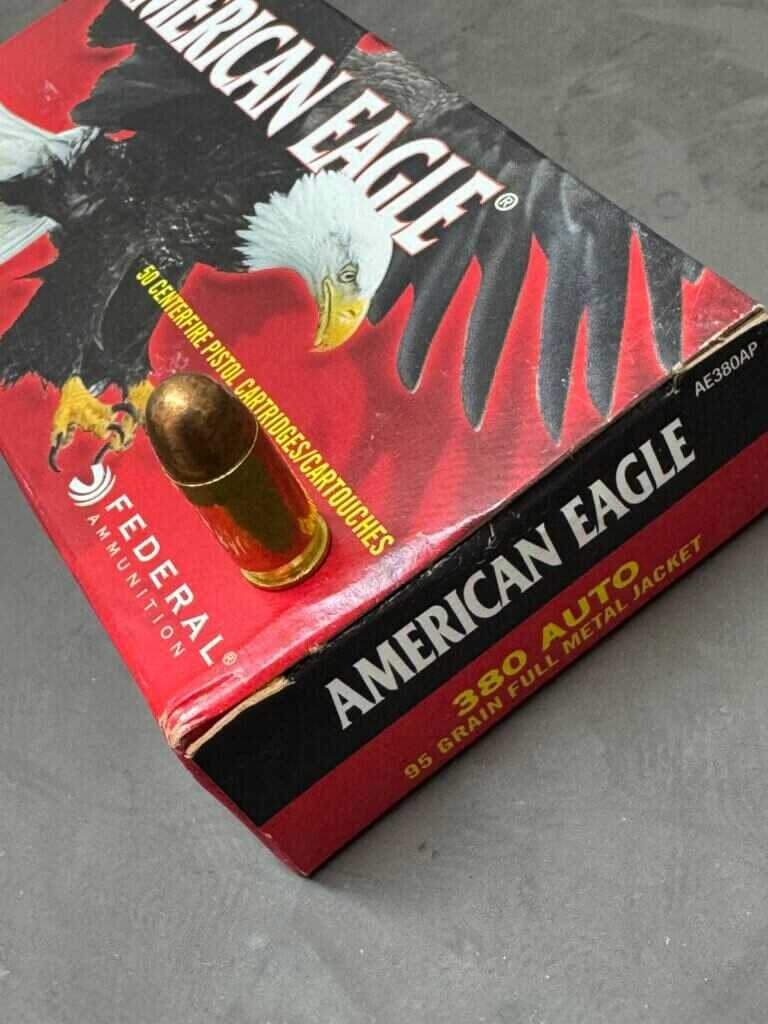
American Eagle .380 Auto FMJ.
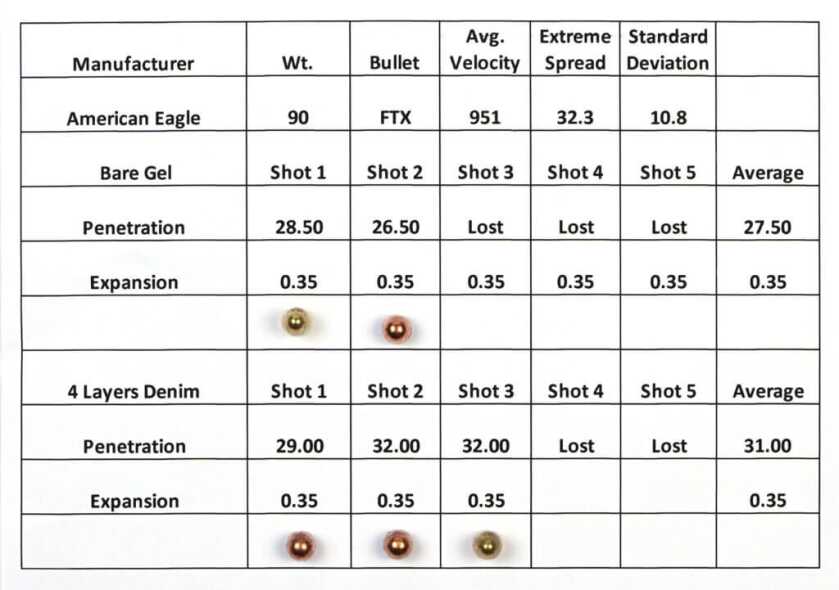
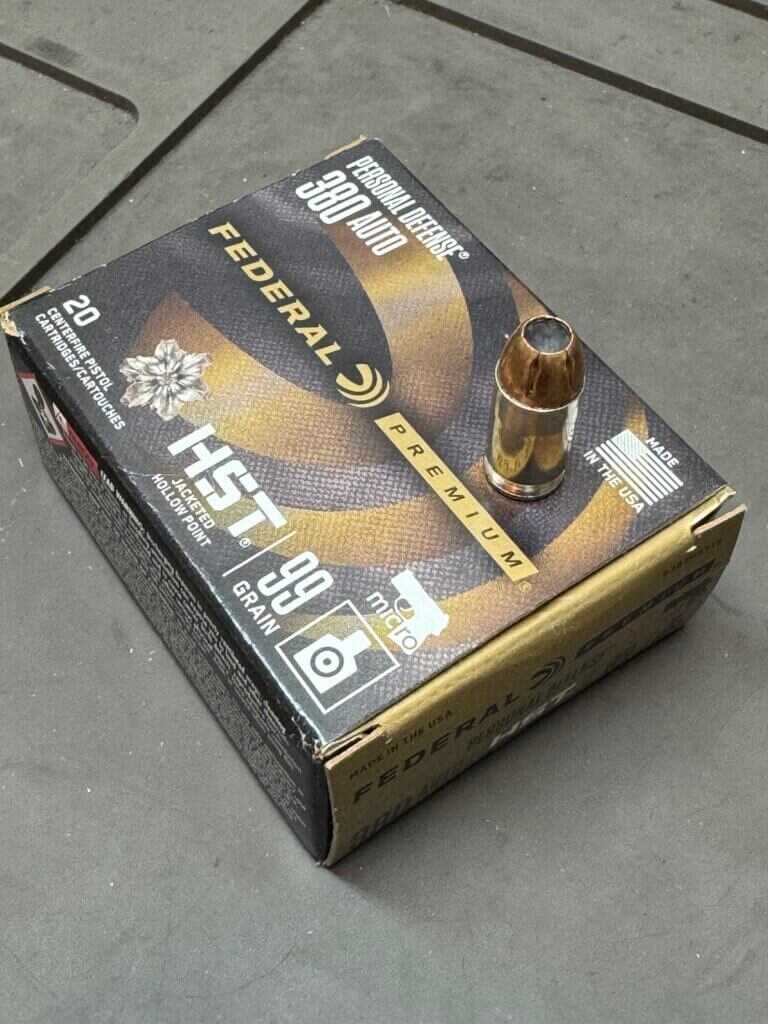
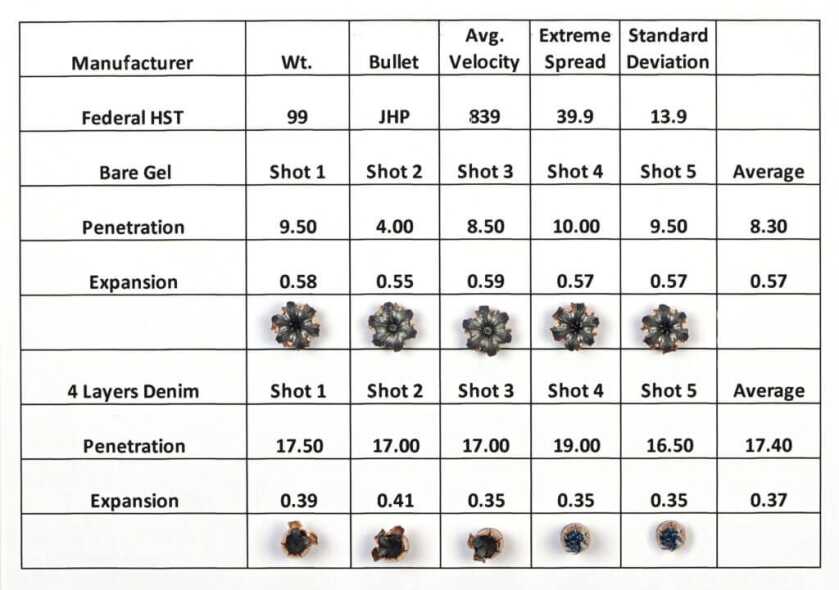
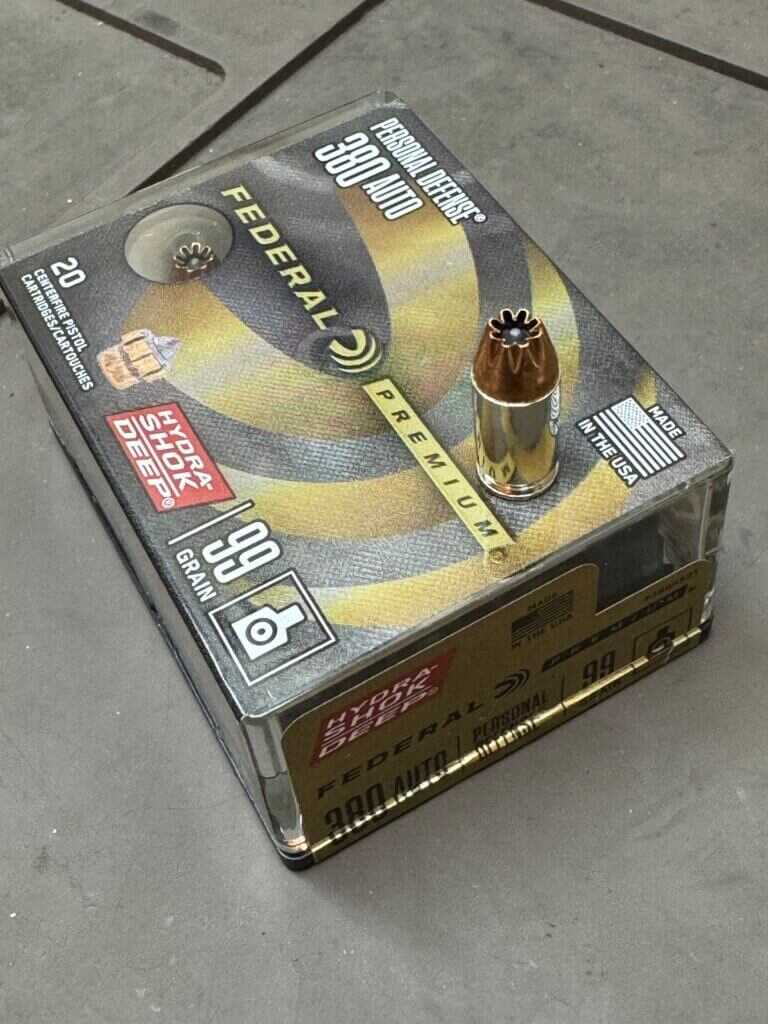
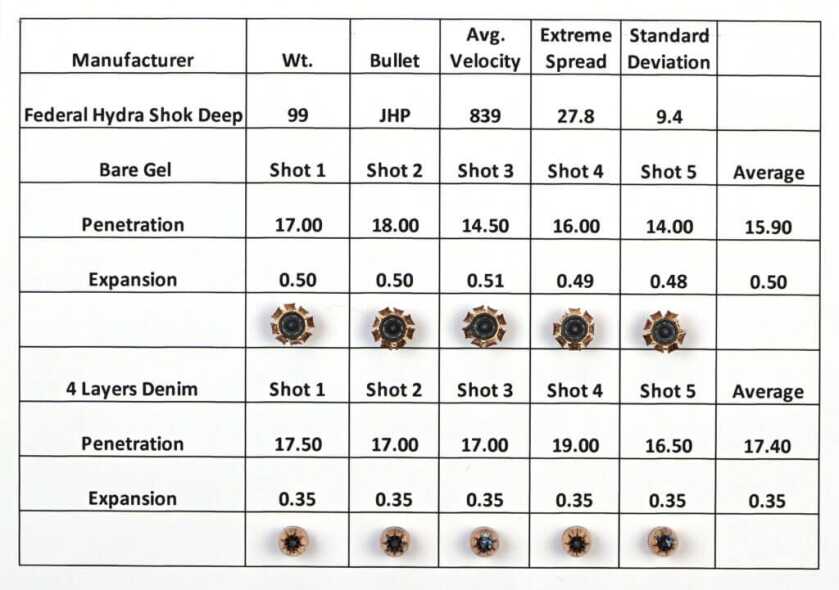

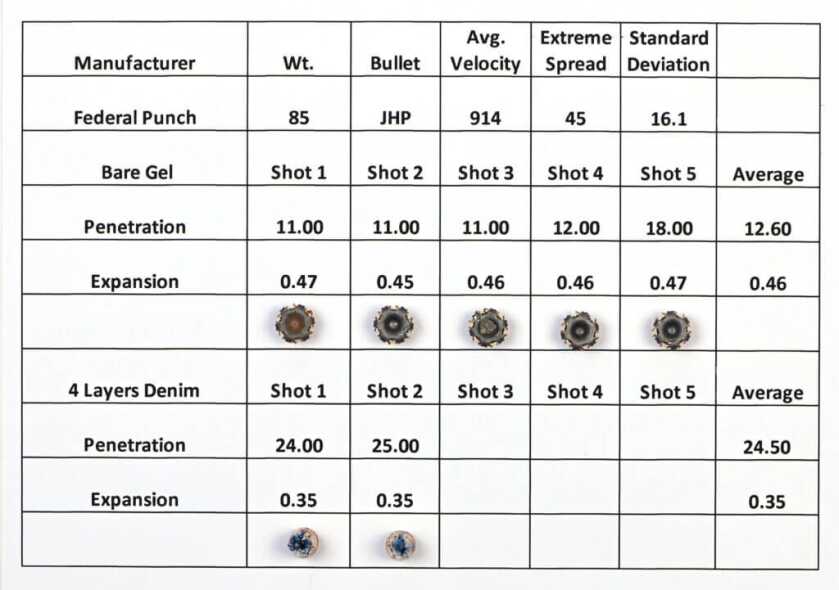
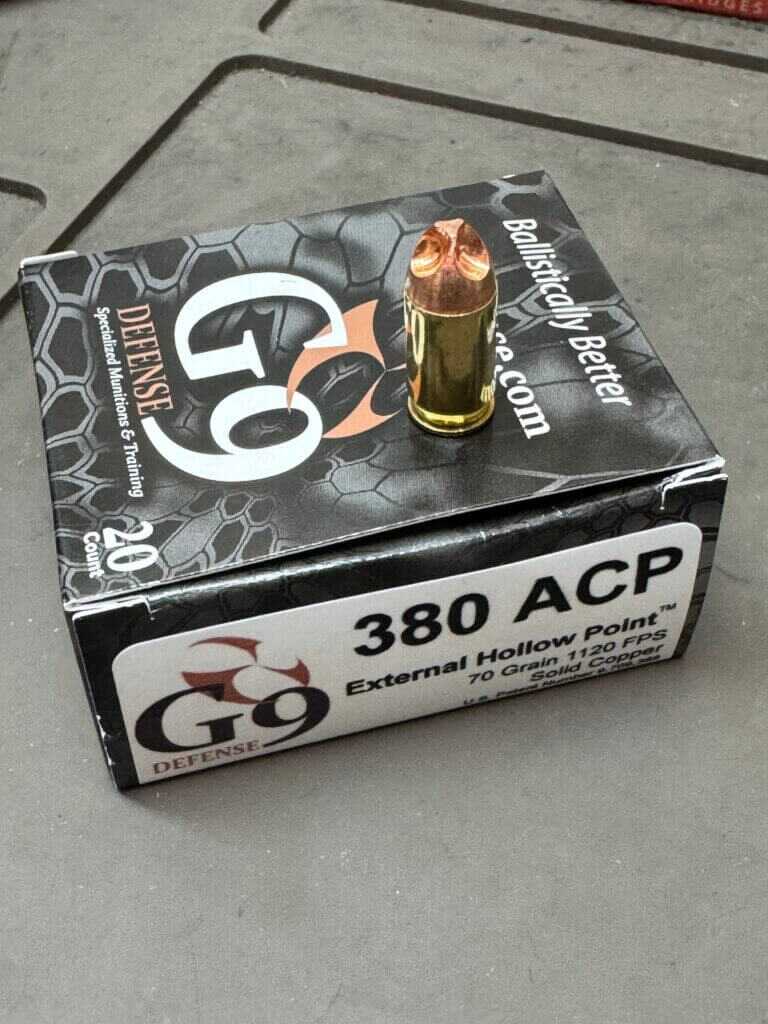
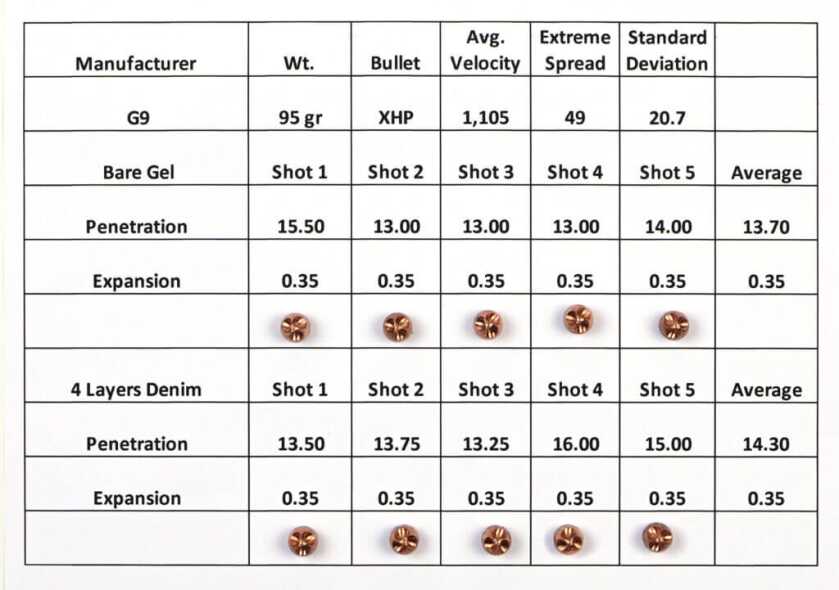

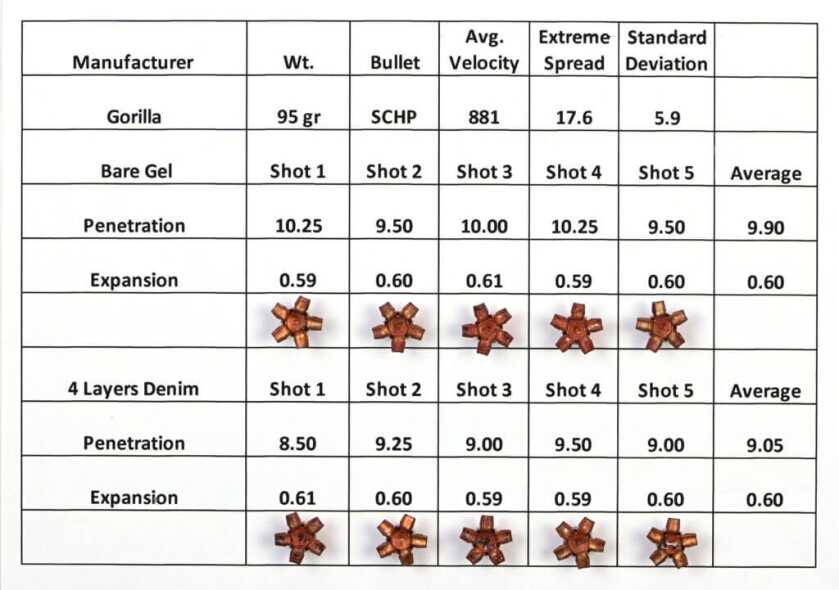

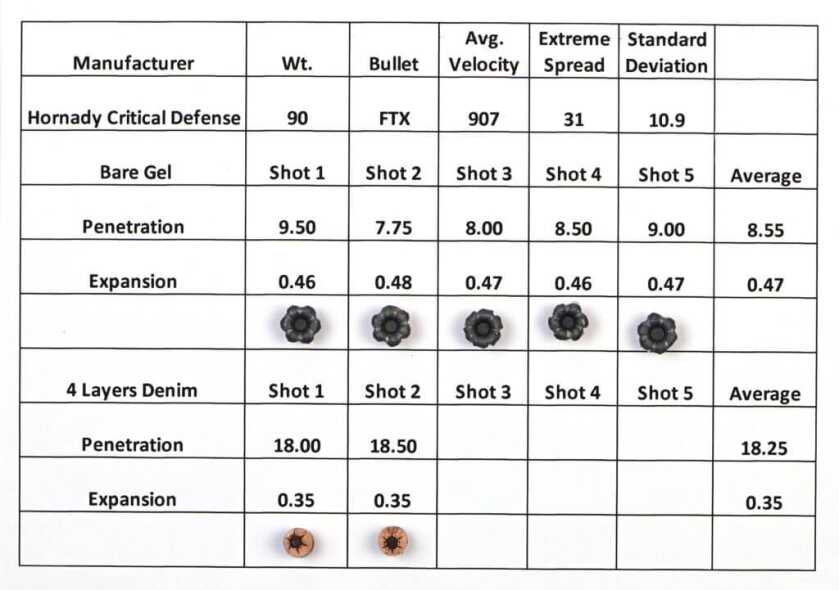
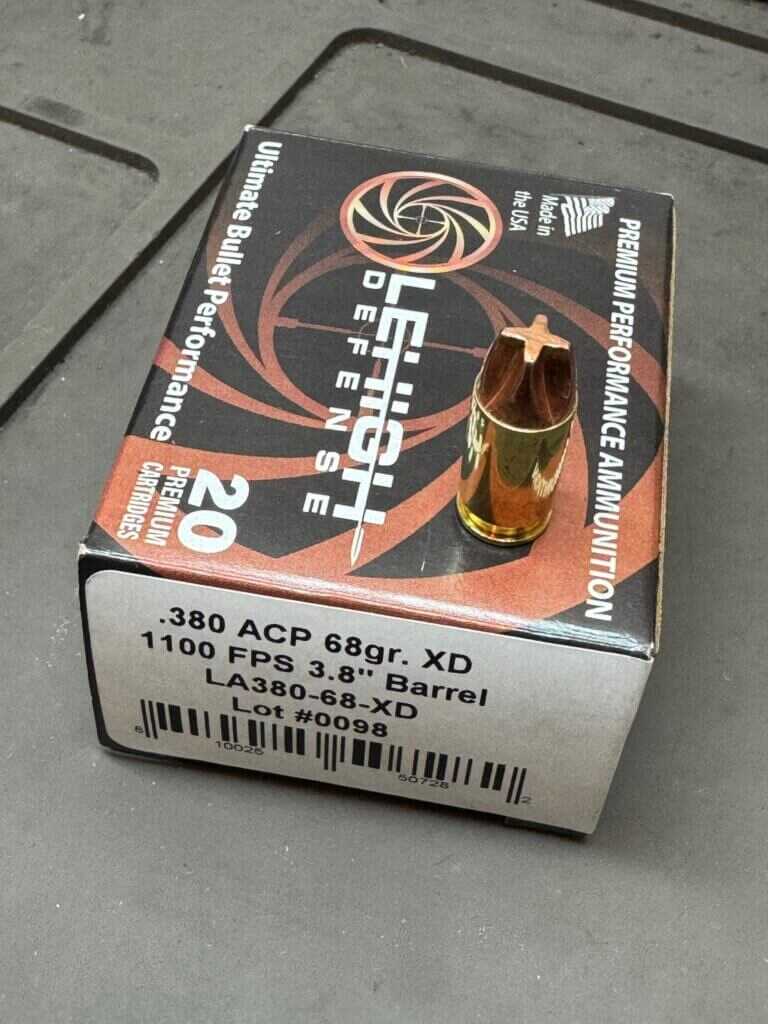
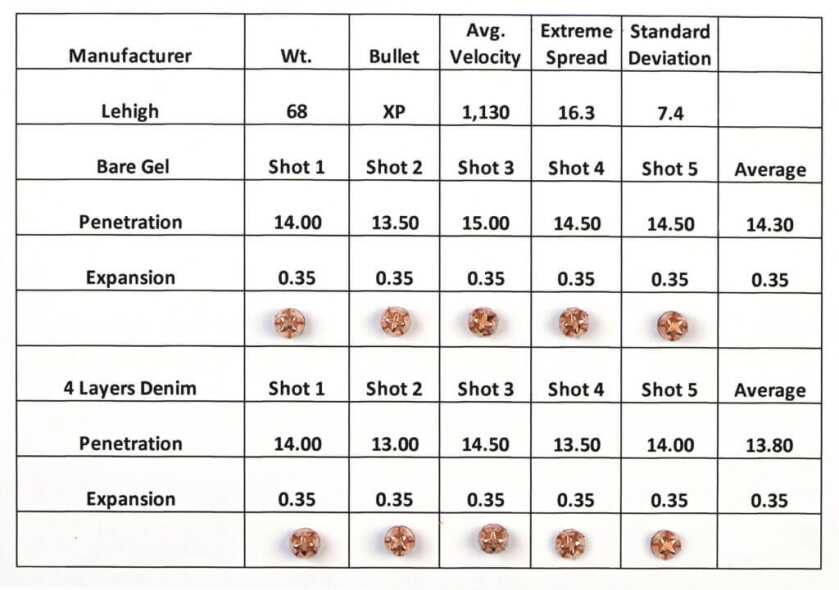
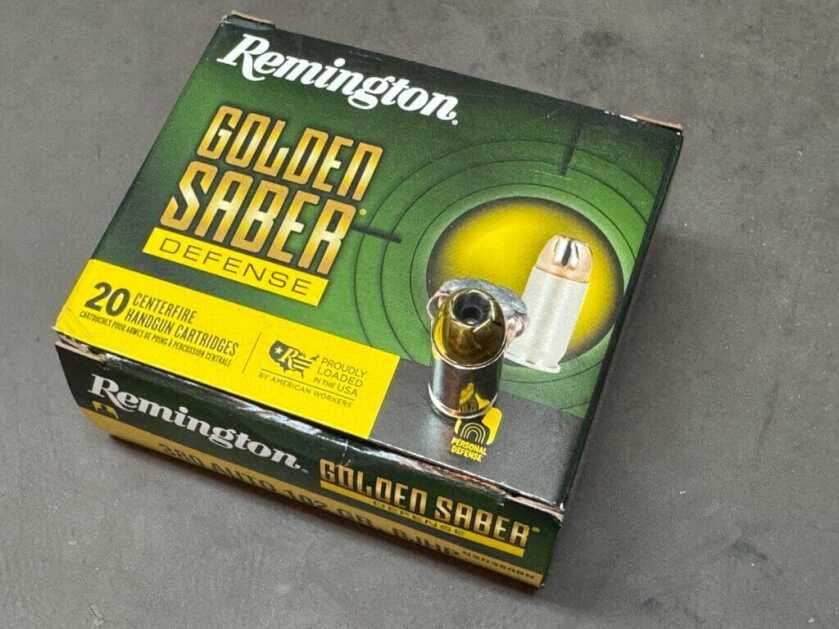
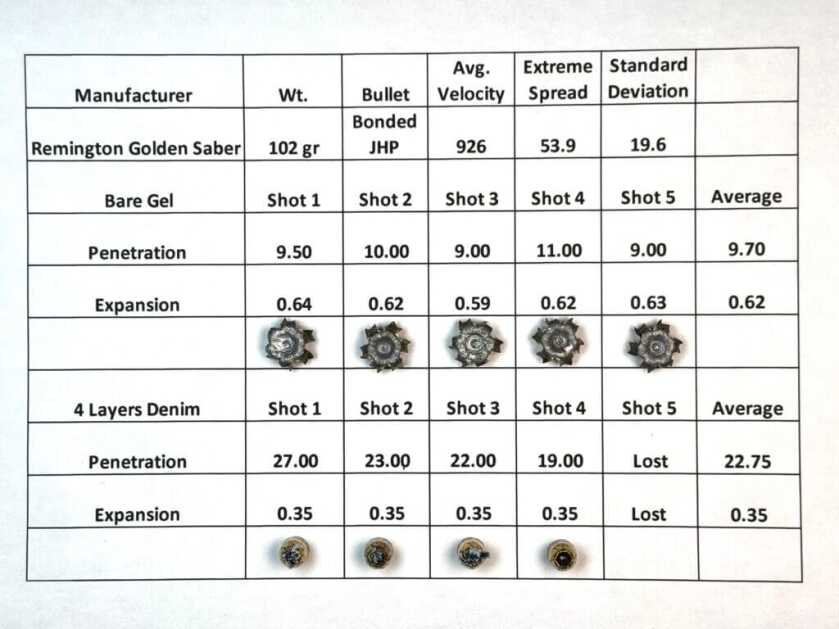

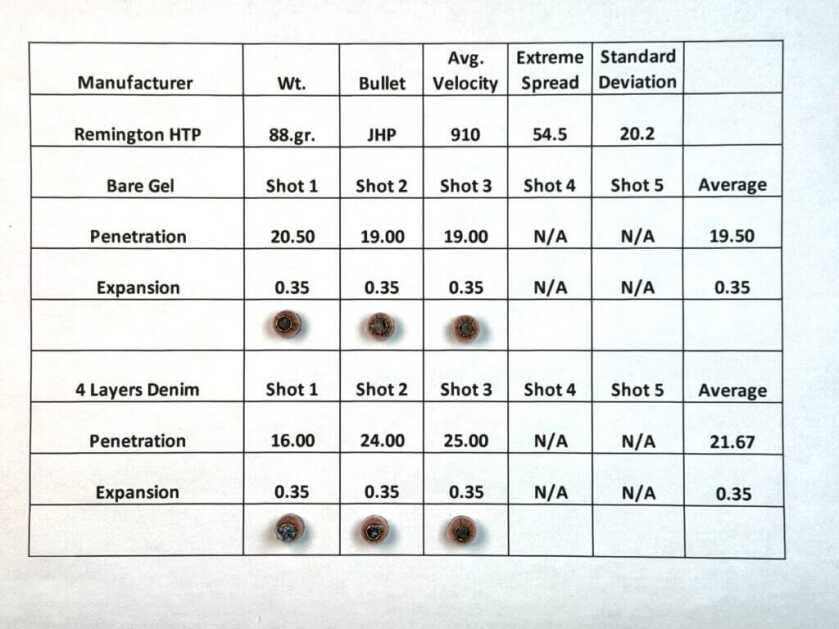
Final Thoughts
This is one of those projects that, while time-consuming and tedious, was enjoyable. I would like to thank the manufacturers who provided the ammunition for this article. I appreciate their support and assistance.
Read More: Which Revolver Caliber Is Best for Concealed Carry?
So, is the .380 ACP a viable personal defense cartridge? I will leave the answer to the individual reader. The purpose of this test is to provide a database that may help in making an informed decision.
*** Buy and Sell on GunsAmerica! ***


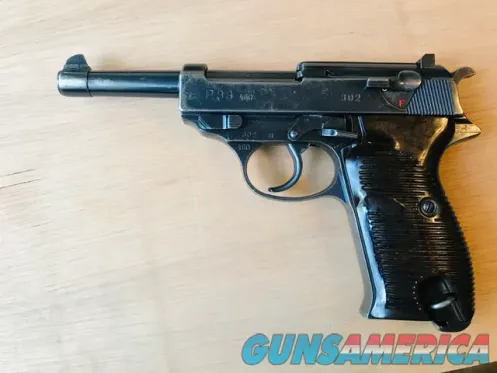
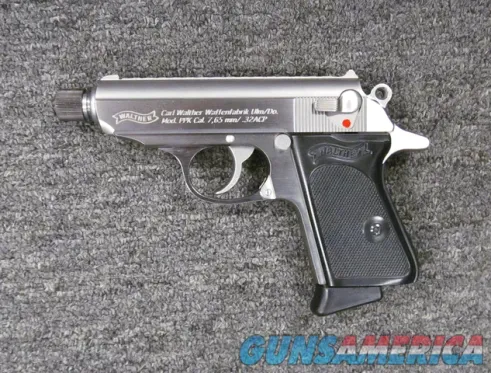

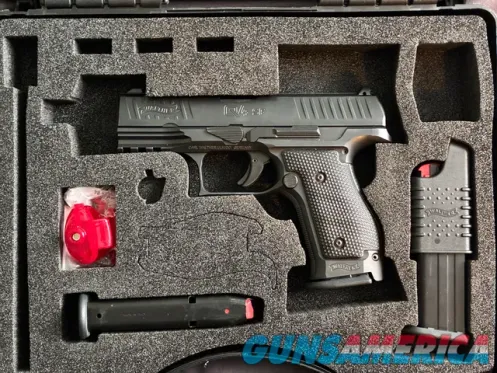
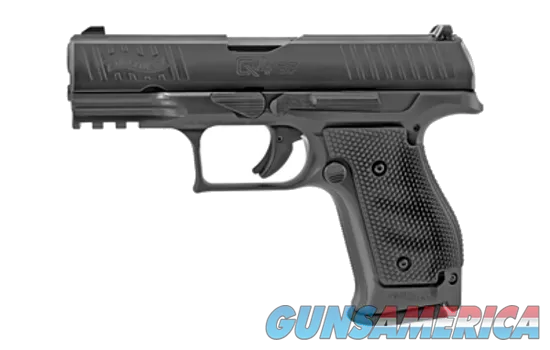

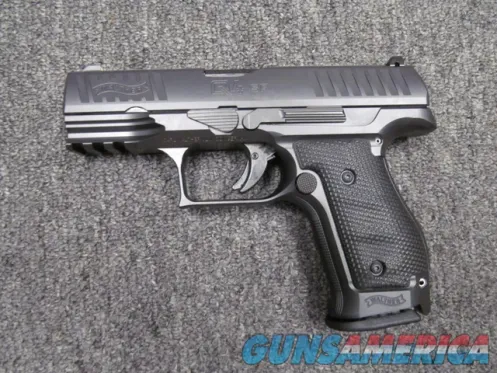
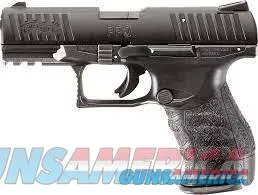

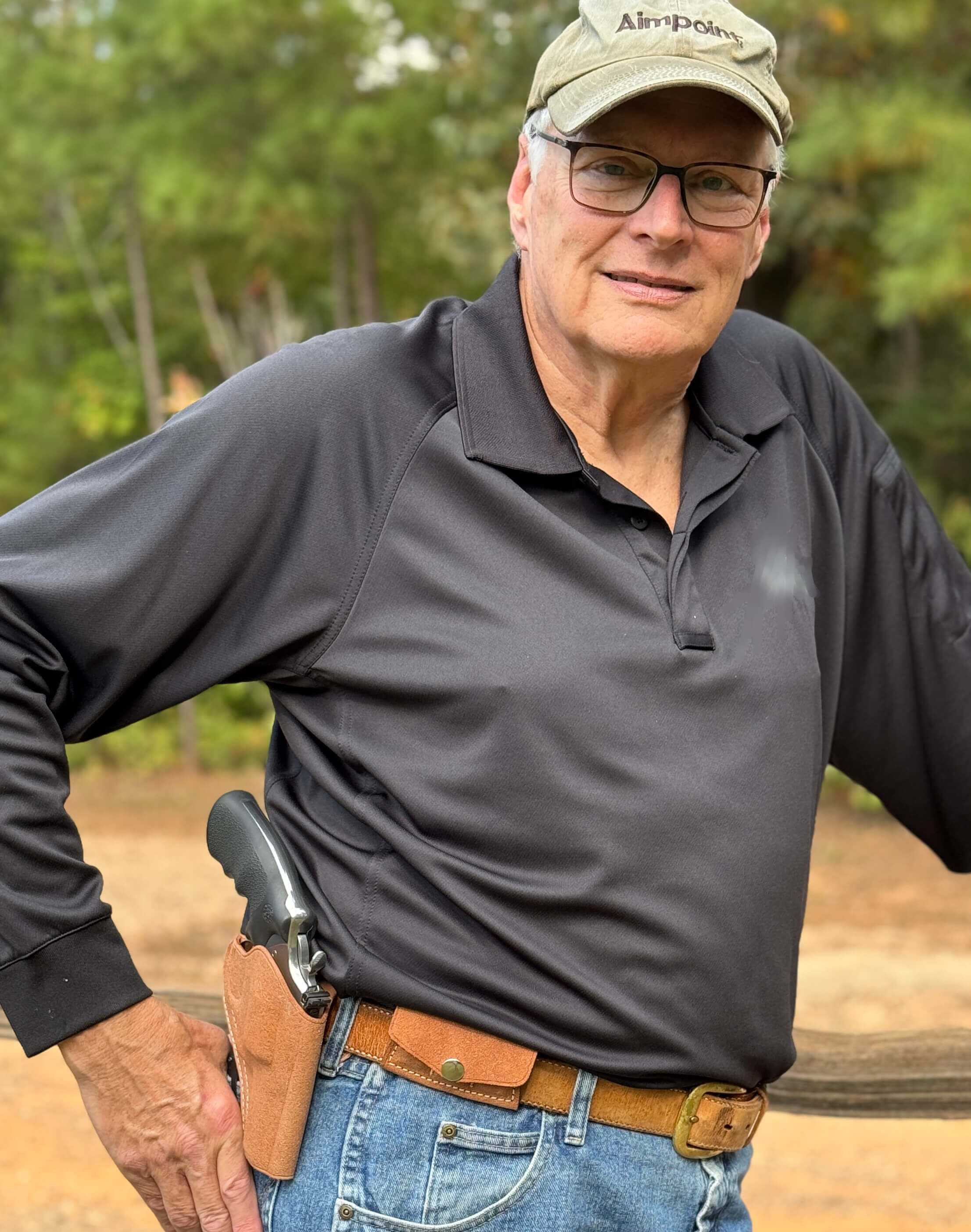
Have you looked at the Underwood 68 grain Extreme Defender or the 90 grain Extreme Penetrator rounds? 1300 fps / 255 ft. lbs. energy at muzzle for Defender, 1100 fps / 242 ft. lbs. energy at muzzle for Penetrator. Wound channels are reported to be impressive. These are similar to Lehigh Defense and G9.
Thank you for this article, very well done. With all that…..I still run FMJ in all my 380’s.( 2 Ruger LCP and 1 Sig ).
No Buffalo Bore, DoubleTap or Underwood? Tsk, tsk, tsk.
Regarding the two monolithic rounds from G9 and Lehigh defense, it was mentioned that both rounds produced identical wound channels in the gel. What was not mentioned was the diameter of the wound channels. That is the biggest selling point of this ammo next to its penetrating capability through glass, etc. While the bullet doesn’t deform, the fluted channels create wound channels far superior to the damage created by any hollow point of the same caliber. Underwood Ammunition uses the monolithic rounds from Lehigh Defense and is, in my opinion, superior to any hollow point bullet. It’s loaded in every pistol that I use for self defense, including my Glock 42 which runs the monolithic bullets without issues.
Great piece well done !
Not to pick the black spots out of the pepper but it would have been nice to see
all the graphs together so I wouldn’t have to waddle my lazy ass back and forth
to compare brands ! LOL But loved the article bc I have 2 – 380’s I cc occasionally…THANKS
Excellent presentation, thank you! Interesting that the traditional Federal 95g FMJ (typo’ed as ’90g FTX’) gave full standard velocity of 950 out of its 3.25″ barrel, whereas much of the “premium” ammo loafed along at 800-850 despite its higher advertised velocities.
Thanks for spotting the typo.
What did the wound channels look like in the gel with the G9 and Lehigh loads?
Great question Steve and my first thought as well. Monolithic rounds are designed to penetrate obstacles like glass or clothing while still creating wound channels that are superior to any hollow point.
The wound channel was not as significant as the hollow point rounds that expanded. With a velocity of 1,100 fps, or so, the round isn’t moving fast enough to generate any hydrostatic damage.
Why didn’t you include Liberty Civil Defense 380 ammo in the testing? A 50 grain projectile at 1500 fps is worth considering?? No??
I honestly wasn’t aware of this load. Thanks for the information.
Rob
Is it still relevant? Absolutely. I don’t have any 10 plus capacity 9mm’s as small and lite as the Ruger LCP MAX or the Smith 2.0 bodyguard. The Ruger is nice, the Smith is phenomenal! We have 2 of each. Wife and I each had rugers (and kept them) but replaced them with what we think is the much nicer Smith. As far as ammo, because it is basically a weakling cartridge I’ve always opted for the Underwood 100 grain HCFP. All the penetration in the world with that one and it’s moving fast. I don’t care it won’t expand…my concern is it gets deep enough to hit something vital and that bullet will definitely do it. Around here in the winter it’s layers and carhart coats…GO for penetration not expansion.